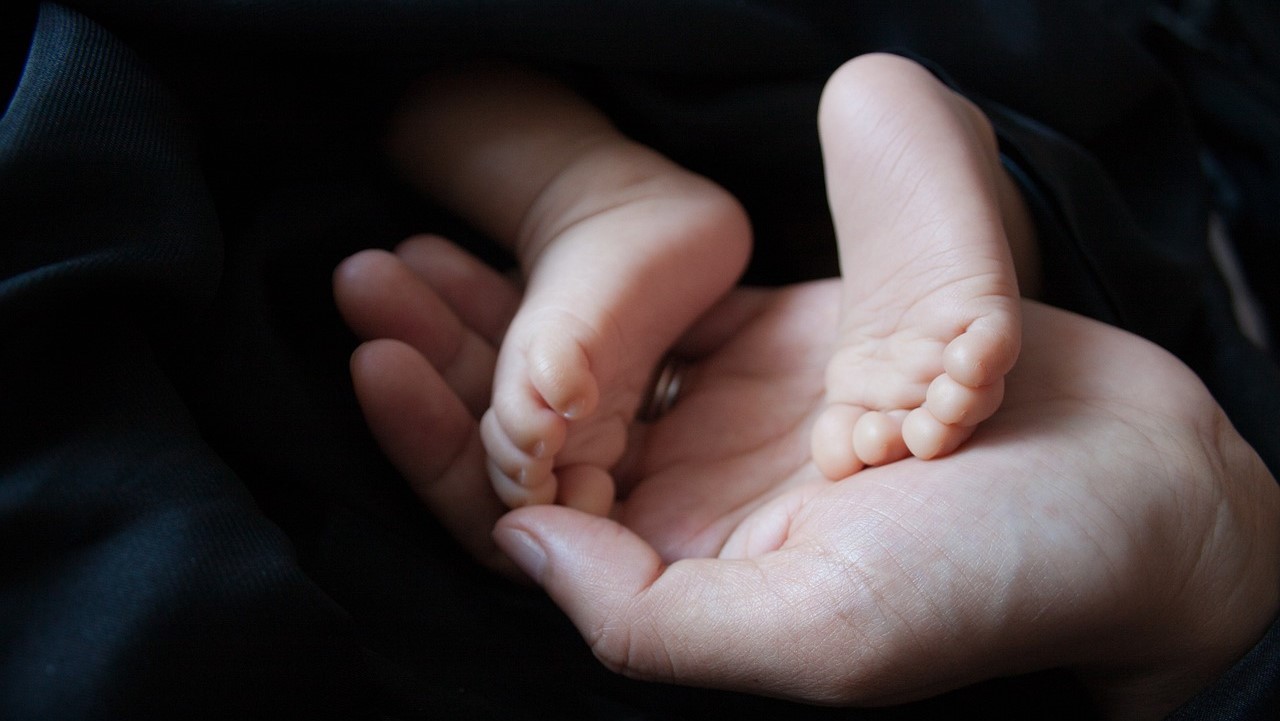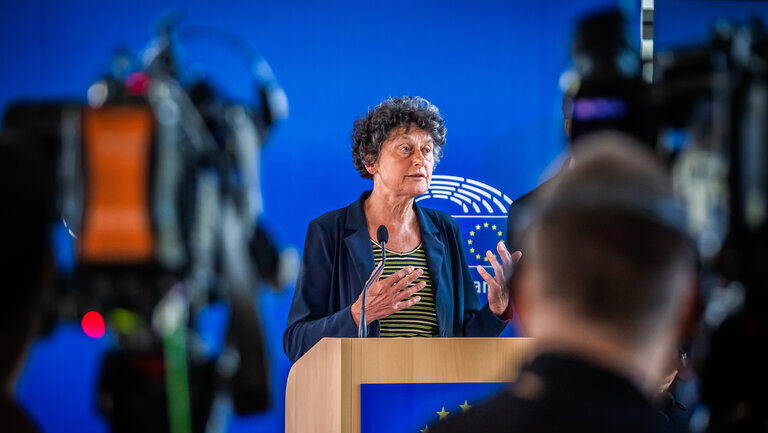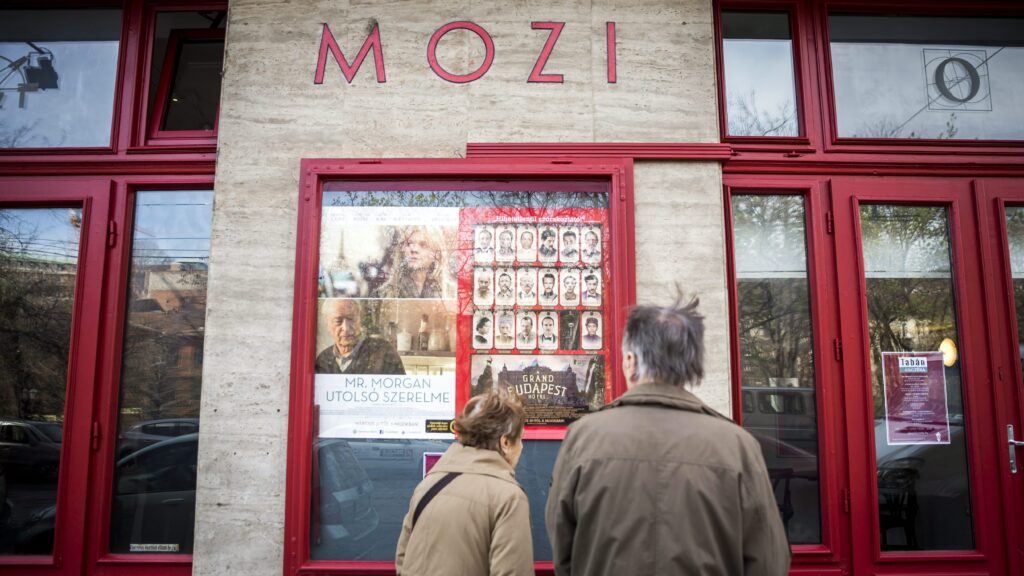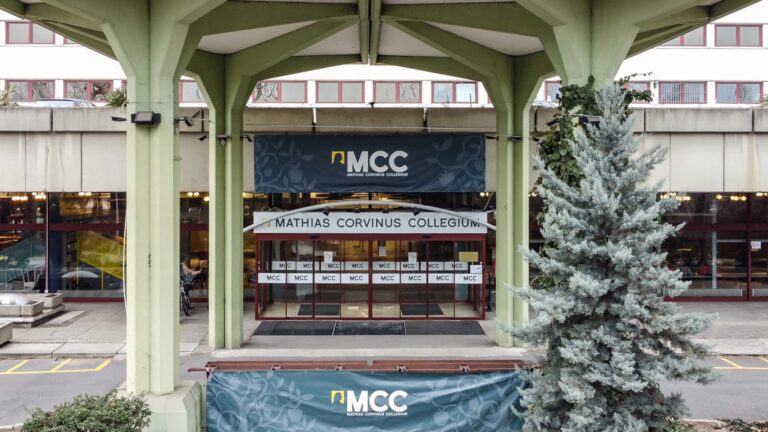In recent decades, Europe has faced many challenges, one of which—one of the most important—being the demographic crisis. The ageing and declining population, labour shortages and emigration pose a major challenge for almost all European countries. The importance of demographic trends cannot be overestimated, as they will have a major impact on Europe’s future position and its weight in the international power structure both in the short and long term. This is illustrated by the fact that Europe’s share of the world’s population is shrinking: whereas 50 years ago Europe accounted for one-fifth of the world’s population, today it accounts for less than one-tenth, and the EU Member States account for 6 per cent of the world’s population, compared to 13 per cent in 1950.
The average total fertility rate in the European Union, which is an indicator of fertility, is also declining, from an average of 1.54 in 2011 to 1.46 in 2022. In other words, fertility in the European Union is generally below the critical level required to reproduce the population. However, European governments are divided on the extent to which family and population policies are seen as important in avoiding a demographic winter, with many favouring liberal immigration policies and the promotion of mass immigration.
In the short term, immigration certainly has the potential to increase the birth rate, but at a high price: the cultural and ethnic composition of the host society will change so rapidly and radically that the consequences will present societies with more educational and integration challenges than they can solve and will be more difficult to manage. The economic effects of a policy aimed at promoting mass immigration are also clearly not positive, while the social consequences of such a drastic ‘population change’ are clearly negative.
The Hungarian Case
Recognizing this historical challenge, the Hungarian government chose a different way to tackle demographic problems after 2010, when it decided to build an innovative, comprehensive family support system and put families with children at the centre of its future policy vision. The starting point of this family-oriented social policy is that a strong and competitive Europe can only be built on strong European nations, and this requires strong European families. As a result, family policy and the promotion of starting a family and raising children have been given particular emphasis in Hungary since 2010, and the Hungarian government has developed a rather complex family policy package, which includes several concrete measures. To mention just a few: measures to support people who start a family and raise children (tax benefits for families and first-time married couples, GYED for graduates, Baby Bond, Baby Loan, student loan reduction and waiver); measures to reconcile work and family life (GYED Extra, Women40, reform of the crèche system, increase in crèche places, personal income tax exemption for mothers with four or more children); measures to promote homeownership for families (homeownership grants, VAT rebate and reduction); and measures to support vulnerable families (eg improving the situation of single-parent families).
In the area of family policy, the short-term effects of the Hungarian government’s measures were clearly positive until recently: in Hungary, the willingness to marry and have children has increased the most in the EU, and the proportion of children born within marriage has also grown. The number of divorces with children has decreased, and fertility rates have improved (the fertility rate increased from a low of 1.23 in 2011 to 1.59 in 2021, but then fell to 1.51 in 2023; and the fertility rates for 2024 were even worse).
‘A strong and competitive Europe can only be built on strong European nations, and this requires strong European families’
The total fertility rate was the worst in the EU in 2011 but became the ninth best by 2021, and was maintained and slightly increased despite a drastic decline in the number of women of childbearing age. This means that since 2010, a smaller number of women have had an increasing number of children. Parallel to the rise in the number of women having children, the number of abortions has almost halved over this period with 21,136 abortions recorded by the Hungarian Central Statistical Office in 2023, compared to 38,443 in 2011 and 90,394 in 1990. Without this turnaround in family policy, it is likely that the negative trend of the past would probably still prevail today. In recent years, however, the COVID-19 pandemic, the war in Ukraine, the energy crisis and economic difficulties on a global scale have also shaken families’ sense of security, which is reflected in the figures for 2023 and 2024, including the number of births and marriages.
According to the Hungarian Central Statistical Office, an important factor in the decline in fertility is that young people postpone starting a family. While after the end of communism, women under 25 were giving birth to more than half of all newborns, in 2023 more than half of newborns were born to women aged 30 and over. The average age of women at the birth of their first child has shifted from 23.0 to 29.2 years. Women marry and start to have children today at the same age at which the previous generation three decades earlier had completed this part of their lives.
After 75,000–80,000 marriages per year in the early 1980s, the number of marriages had steadily declined, with only 35,500 couples getting married in 2010. This was followed by a positive trend, with the number of marriages rising from over 50,000 in 2016 to 72,000 in 2021, the highest number in four decades. Since then, based on the data of the Hungarian Central Statistical Office, there has been a downward trend, with 50,200 couples getting married in 2023 and 46,550 in 2024. The positive trend in previous years was mainly due to the increase in the number of first-time marriages, and the decrease in 2023 is also mainly due to them.
In terms of the age of those getting married, the largest decrease of around 30 per cent was among young people in the second half of their 20s, but there was also a significant decrease among women aged 20–24 (26 per cent) and men aged 30–34 (23 per cent). More than 70 per cent of the total decrease occurred among couples aged 25–39. The average age of first marriage also continued to rise, from 30.4 to 30.9 years for females and from 33.1 to 33.5 years for males. At the same time, the number of divorces has fallen to its lowest level in 60 years, with the exception of 2020, and the proportion of children born in wedlock has continued to rise (76 per cent in 2023, the highest rate in 27 years). Therefore family policy must remain a priority for future Hungarian governments if the positive trend is to continue.
New Family Policy Measures
For this reason, the Hungarian government introduced new family policy measures in 2024. Property ownership is a priority in Hungarian society, and the majority of young people set this as a goal for themselves. Over the past decade, the government has devoted considerable resources to helping young families through family homeownership grants, but from 2024, a new scheme called CSOK Plus has also been offered to young people looking to buy a home. CSOK Plus is different from the previous schemes, and the maximum loan amount has been increased to HUF 50 millions in case of three children. Conditions of the so-called Baby Loan have also changed, with the maximum borrowing limit increasing from HUF 10 millions to HUF 11 millions, and the age limit for the female of the borrowing couple has been lowered from 41 to 30 years. There was, however, a one-year moratorium on the latter. Until 31 December 2024, 41-year-old mothers could still apply if they were 12 weeks pregnant.
The Village CSOK scheme can still be applied for settlements of less than 5,000 inhabitants and can be combined with CSOK Plus. If a family has three children in a settlement of fewer than 5,000 inhabitants, they can apply for up to HUF 15 millions through Village CSOK as a non-refundable grant, a state-subsidized loan of up to HUF 50 millions under CSOK Plus; hence, combined with the Baby Loan, they can access up to HUF 76 millions in state funding.
The crèche subsidy is a key element in balancing work and family life. Parents living in rural areas and returning to work, whose children start attending crèches on 1 September, can re-apply for a crèche fee subsidy. Another important measure provides easier access to credit. From 1 October, accessing the Baby Loan, CSOK Plus or Village CSOK schemes will be made easier for farmers and self-employed persons of special tax status.
Related articles:








